When we bring a small breed dog into our homes, we look forward to the joy and companionship these little canines offer. Yet, alongside their charming quirks and endearing personalities, small breed dogs can sometimes exhibit fear aggression—a complex behavior that can stem from various causes and experiences. Managing fear aggression in small breeds is crucial, not just for the well-being of our pets but also to ensure safe and harmonious interactions within the home and in public spaces.
This article will delve into understanding the roots of fear-based behaviors in smaller dogs and explore strategies to address and alleviate these responses effectively. Our goal is to help you and your small breed dog enjoy a peaceful and happy life together.
Identifying Fear Aggression
Fear aggression in small breeds can often be misunderstood or misidentified due to their diminutive size. However, recognizing the signs is critical to managing this behavior effectively. Fear aggression typically stems from a dog’s instinct to defend itself from something that seems threatening or scary. In small breeds, these signs can be subtler, but they are no less significant.
Signs to Look Out For
- Body Language: A fearful dog may exhibit a lowered posture, tucked tail, flattened ears, or may show the whites of their eyes (whale eye).
- Vocalization: Growling, barking, or whining can be a small dog’s attempt to communicate discomfort or fear.
- Snapping or Biting: When pushed beyond their threshold, a fearful dog may snap or bite to communicate that they want the scary thing to go away.
- Avoidance Behaviors: Hiding, attempting to escape, or turning away from a person or other animal can indicate fear.
- Shivering or Panting: These could be signs of stress when there’s no obvious reason for the dog to be cold or overheated.
Trigger Situations
Understanding the situations that trigger fear aggression is as important as recognizing the signs. These can include:
- New Environments: Unfamiliar places can be overwhelming, causing fear and aggressive responses.
- Strangers or Other Animals: Some dogs may react out of fear to unfamiliar people or animals, especially if they invade the dog’s perceived personal space.
- Loud Noises: Sudden, loud sounds like fireworks or thunderstorms can trigger a fear response.
- Past Trauma: Dogs with a history of negative experiences may have learned to associate certain situations with fear and react aggressively.
Assessing the Severity
It’s essential to determine the severity of the fear of aggression. A dog that exhibits mild signs of discomfort may require different interventions compared to a dog that reacts with intense, aggressive behaviors. A professional assessment by a behaviorist or veterinarian can provide insight into the extent of the fear aggression and guide the approach to managing it.
By identifying fear aggression and its triggers, owners can take proactive steps to help their pets feel more secure. Addressing fear aggression early on can prevent escalation and contribute to the dog’s overall quality of life.
Causes of Fear Aggression in Small Breeds
Fear aggression in small dog breeds can be a complex issue with a variety of potential causes. Understanding the origins of this behavior is key to addressing it effectively. Here are some common factors that may lead to fear aggression in smaller dogs:
Genetic Predisposition
- Breed Traits: Some small breeds have a genetic predisposition toward skittish or defensive behaviors, which can manifest as fear aggression.
- Temperament: Individual temperament, often influenced by genetics, can play a significant role in how a dog reacts to fear-inducing situations.
Early Socialization
- Lack of Exposure: Puppies that aren’t properly socialized during the critical period of 3 to 14 weeks may become more fearful and possibly aggressive as adults.
- Negative Experiences: Traumatic experiences during the socialization period can have a lasting impact, causing a dog to react aggressively out of fear.
Environment and Upbringing
- Protective Behavior: In multi-pet households or those with small children, small breeds may develop fear aggression as a means of self-preservation.
- Inconsistent Training: Dogs that do not have consistent boundaries and training may feel insecure and display fear aggression as a way to assert control over their environment.
Health Issues
- Pain and Discomfort: Medical issues that cause chronic pain or discomfort can make a dog more prone to fear aggression, as they may feel vulnerable and more likely to defend themselves.
- Sensory Decline: As dogs age, a decline in vision or hearing can make them more startled and prone to fearful responses.
Owner Behavior
- Anxiety Transfer: Dogs are adept at picking up on their owner’s emotions. An anxious or overprotective owner can inadvertently encourage fear aggression in their pet.
- Reinforcement of Fear: Owners who unwittingly reinforce fearful behavior, for instance, by coddling or comforting the dog when it displays aggression, may inadvertently perpetuate the behavior.
Previous Trauma
- Rescue Dogs: Dogs that have been rescued, especially those from abusive or neglectful situations, may have learned to associate humans or certain environments with danger, leading to aggressive responses out of fear.
Understanding the underlying causes of fear aggression is a step toward helping your small breed dog overcome it. By creating a stable, secure environment and using positive reinforcement training methods, you can help alleviate your dog’s fear and reduce aggressive tendencies. However, each dog is unique, and what works for one may not work for another; therefore, individualized approaches are often necessary.
The Role of the Owner in Managing Fear Aggression
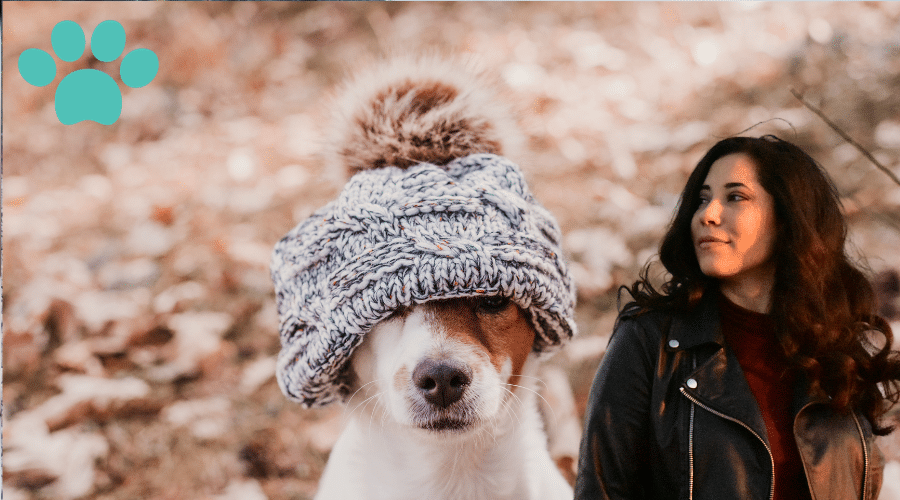
The role of the owner is crucial when it comes to managing and mitigating fear aggression in small breeds. A dog’s environment, including its interactions with its owner, significantly influences its behavior. Here’s how owners can play a proactive role:
Providing a Stable Environment
- Consistency: Dogs thrive on routine and predictability. Owners can help reduce anxiety by maintaining a consistent daily schedule.
- Safety: Ensuring the dog feels safe and secure in its home environment can prevent fear from escalating into aggression.
Training and Socialization
- Positive Reinforcement: Reward-based training reinforces good behavior without inducing additional fear or anxiety.
- Continued Socialization: Regular, positive interactions with new people, dogs, and environments can help the dog become more confident and less fearful.
Owner Behavior and Attitude
- Leadership: Calm and assertive leadership helps a dog feel protected and less likely to feel the need to defend itself.
- Emotional Control: Owners must manage their emotions, as dogs can sense anxiety and stress, which may increase their own fears.
Understanding Dog Body Language
- Communication: Learning to understand and respect the dog’s body language can help prevent pushing the dog into situations that trigger fear aggression.
- Signs of Discomfort: Recognizing early signs of discomfort or fear allows owners to intervene before the behavior escalates to aggression.
Seeking Professional Help
- Training Professionals: In cases where fear of aggression is severe, a professional dog trainer or behaviorist can provide guidance tailored to the specific needs of the dog.
- Veterinary Advice: Consulting with a veterinarian can rule out medical causes of aggression, and, if necessary, they can refer the owner to a veterinary behaviorist.
Reinforcing Positive Interactions
- Reward Calm Behavior: Encouraging and rewarding calmness in various situations helps the dog learn that not every new experience or individual is a threat.
- Gradual Exposure: Gradually exposing the dog to feared objects or situations at a comfortable pace can reduce anxiety.
Owners play an indispensable role in the behavior modification process. By providing leadership, consistency, and positive reinforcement, they can create an environment where their small breed dog can learn to respond to the world without fear and aggression. Patience and commitment are key, as these behaviors can take time to adjust. With understanding and appropriate action, owners can greatly improve their dogs’ quality of life and social interactions.
Behavior Modification at Home for Fear Aggression
Modifying a dog’s fear-aggression behavior is a process that can often be initiated at home with patience and dedication. Here’s how owners can implement behavior modification techniques to manage their small breed’s fear of aggression:
Establishing Trust and Safety
- Trust Building: Spend quality time with your dog doing activities they enjoy, which can strengthen your bond and build trust.
- Safe Space: Create a safe zone in your home where your dog can retreat to when they feel overwhelmed or scared.
Controlled Exposure
- Controlled Introductions: Introduce your dog to new people, animals, and environments gradually and in a controlled manner.
- Thresholds: Identify your dog’s threshold for reacting with fear and work below this threshold before gradually moving closer to the feared object or situation.
Counter-Conditioning
- Positive Associations: Pair the presence of the feared stimulus with something the dog loves, like treats or play, to create positive associations.
- Consistency: Repeat positive encounters, always ensuring the dog remains below the fear threshold.
Desensitization
- Gradual Desensitization: Slowly and incrementally increase the dog’s exposure to the source of fear while maintaining calmness.
- Systematic Approach: Increase the intensity of the stimulus at a pace that is comfortable for your dog, avoiding any setbacks.
Obedience Training
- Basic Commands: Teach basic commands like ‘sit’, ‘stay’, ‘come’, and ‘leave it’, which can provide a foundation for controlling your dog’s reactions.
- Focus Techniques: Train your dog to focus on you with commands such as ‘watch me’ to redirect their attention away from the fearful stimulus.
Rewarding Calm Behavior
- Calm Rewards: Reinforce calm behavior with treats, praise, or affection to encourage a relaxed demeanor in potentially stressful situations.
- Ignore Fearful Behavior: Avoid coddling or comforting the dog when they exhibit fear, as this can reinforce the behavior.
Seeking Assistance
- Professional Guidance: If progress is not being made, seek the help of a professional trainer or behaviorist for more advanced techniques and personalized plans.
Behavior modification at home requires an understanding of the dog’s individual fears and a tailored approach to address them. It’s essential to work at the dog’s pace and to celebrate small victories. Over time, these methods can help reduce the intensity and frequency of fear aggression episodes, fostering a more peaceful and happy existence for both the dog and the owner.
Prevention of Fear Aggression
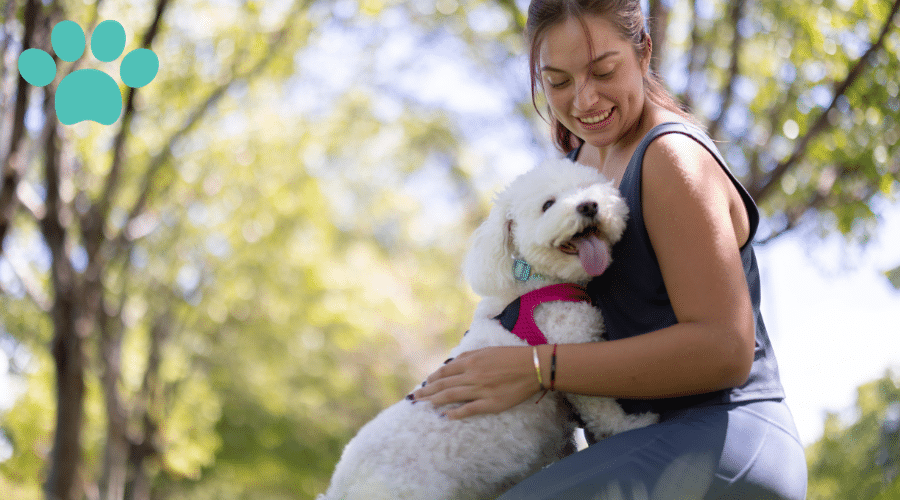
Preventing fear aggression, particularly in small breeds, starts with early socialization and continues with consistent, positive experiences throughout the dog’s life. Here’s how owners can work towards preventing fear aggression:
Early Socialization
- Puppy Classes: Enroll your puppy in socialization classes to expose them to a variety of dogs, people, and situations in a controlled environment.
- Diverse Experiences: Introduce your puppy to different environments, sounds, and surfaces to build their confidence and reduce fearfulness.
Positive Reinforcement
- Encouragement: Use treats, praise, and toys to encourage and reward non-fearful behavior.
- Gentle Handling: Get your dog used to being handled by different people in a gentle, positive way.
Controlled Exposure
- Incremental Introduction: Gradually introduce your dog to new people, pets, and situations, never forcing interactions and always working at the dog’s comfort level.
- Neutral Settings: Meet new people or dogs in neutral areas where your dog doesn’t feel the need to defend their territory.
Consistent Training
- Routine: Establish a routine that includes regular training sessions, which can provide structure and security for your dog.
- Obedience Training: Consistent training helps a dog learn to trust their owner’s commands, which can be comforting in stressful situations.
Building Confidence
- Confidence-boosting Activities: Engage in activities that make your dog feel successful and secure, such as agility, trick training, or scent work.
- Independent Play: Encourage your dog to play independently, which can help build self-assurance.
Understanding Body Language
- Observation: Learn to read your dog’s body language to anticipate and mitigate potential fear responses before they escalate.
- Calm Energy: Display calm, assertive energy around your dog, as they can pick up on and reflect their owner’s emotions.
Health and Wellness
- Regular Check-ups: Ensure your dog receives regular veterinary care, as underlying health issues can contribute to behavioral changes, including fear aggression.
- Diet and Exercise: Maintain a balanced diet and sufficient exercise regime for your dog to ensure they are physically and mentally healthy.
By taking these proactive steps, owners can significantly reduce the likelihood of fear aggression developing in their small breed dogs. Prevention is often more manageable than modification, so early and consistent efforts are crucial. These strategies help cultivate a well-adjusted dog, equipped to handle the world with confidence rather than fear.
Conclusion: Managing Fear Aggression in Small Breeds
Successfully managing fear aggression in small breeds is a testament to the power of proactive and positive dog ownership. It’s about creating a foundation of trust, socialization, and consistent training from a young age. When fear aggression does arise, addressing it with empathy, patience, and understanding is crucial. The journey may not be without its challenges, but with the right approach, it’s possible to transform a world of fear into one of confidence for these little companions. The goal is not just managing fear aggression but fostering an environment where it need not arise in the first place, ensuring a happy, healthy, and harmonious life for both the dog and its owner.

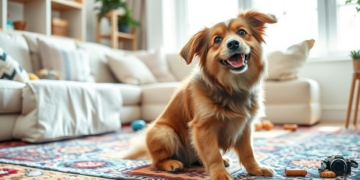
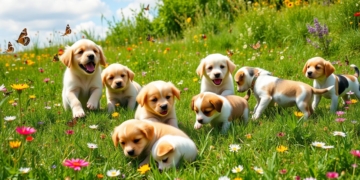
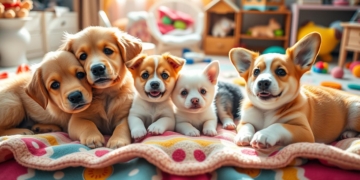





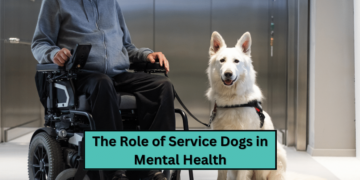


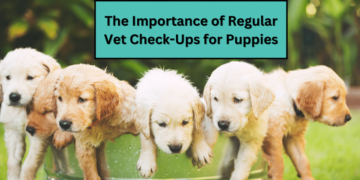





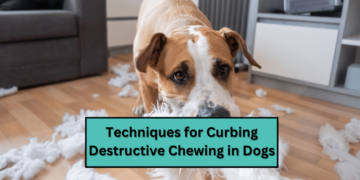

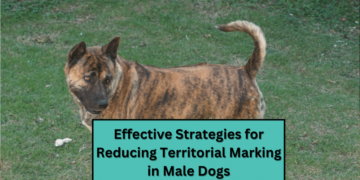
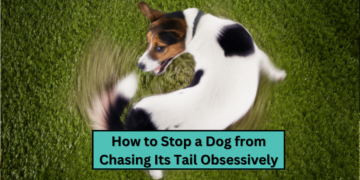






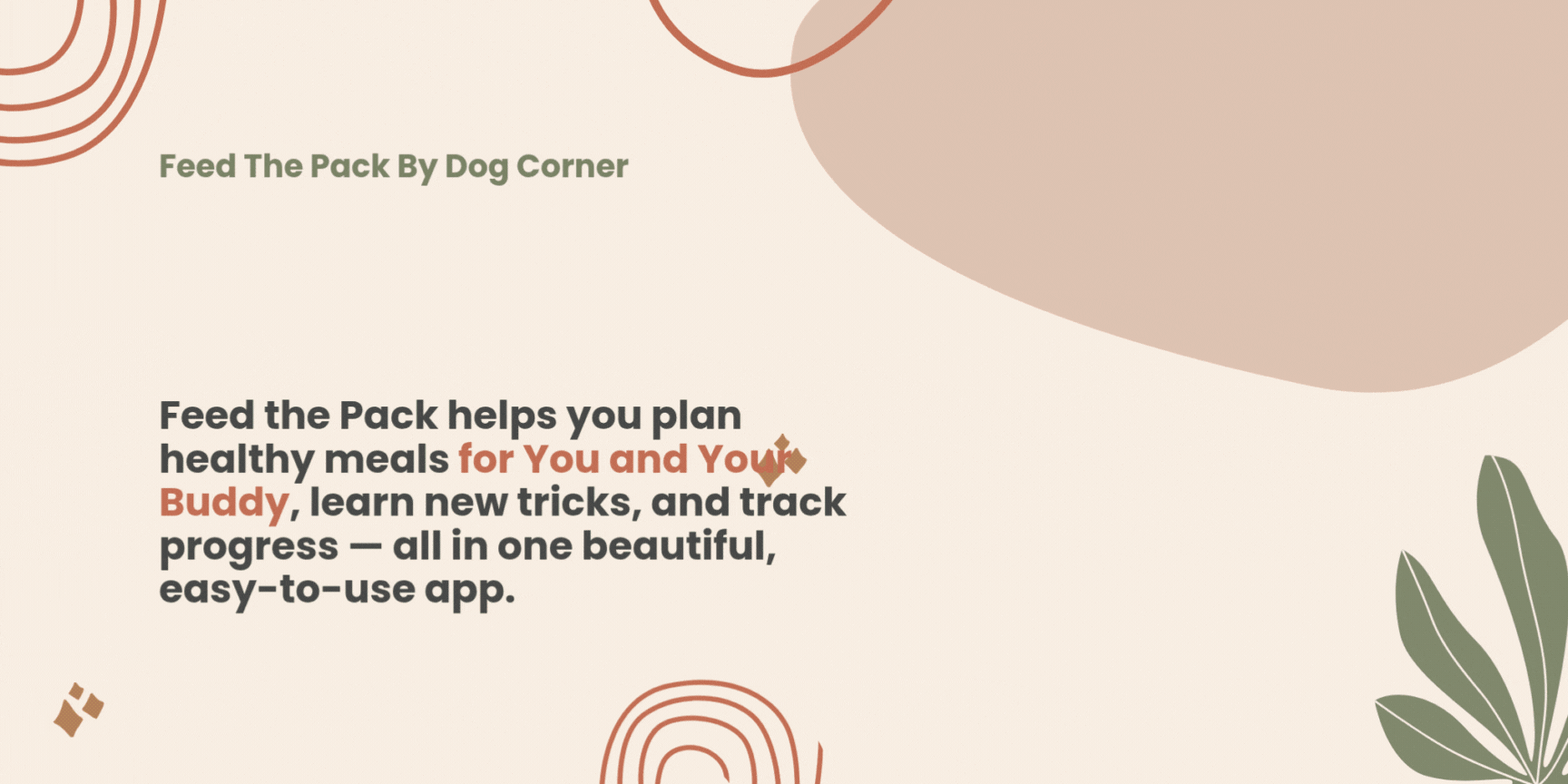








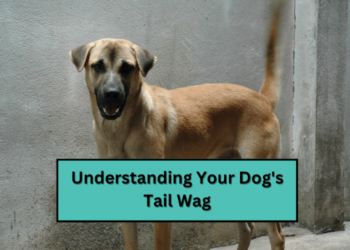
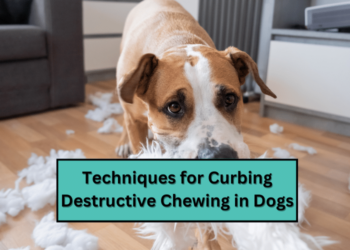

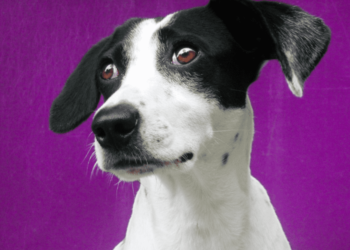











Discussion about this post